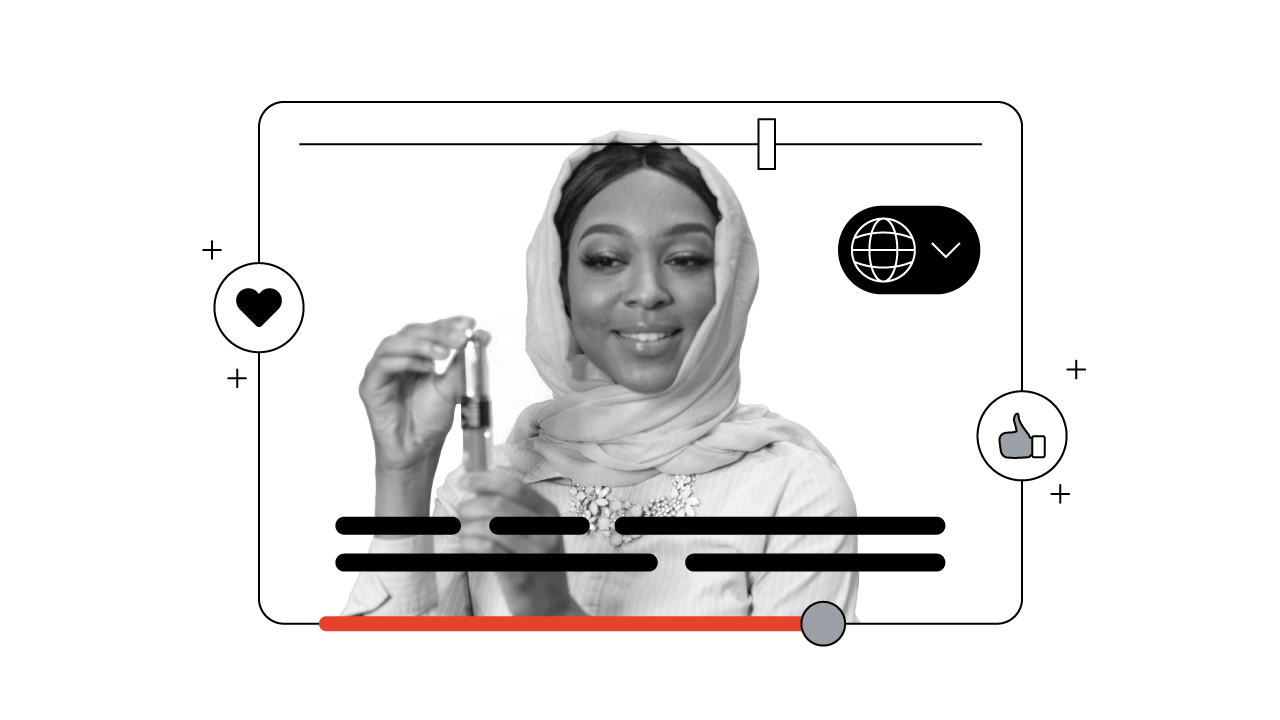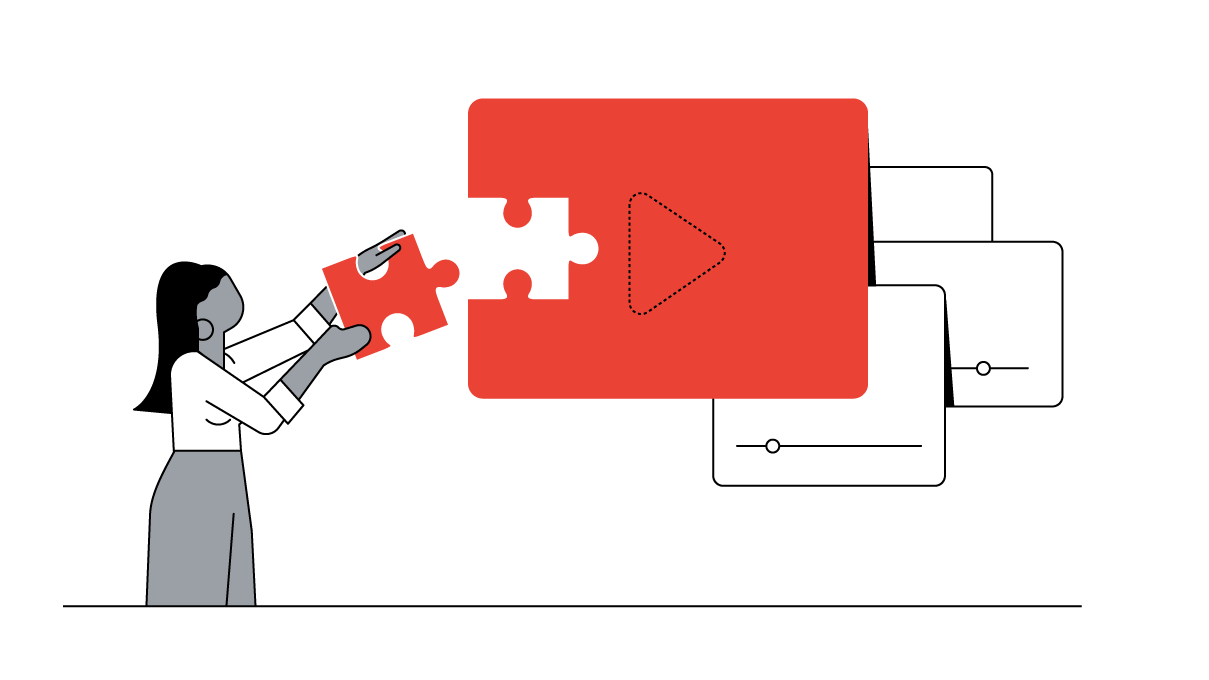8 top advertisers explain what the streaming boom means for the industry
Guest
Published
May 2021Share this page
8 top advertisers explain what the streaming boom means for the industry
May 2021As more and more viewers make the move from linear TV to streaming platforms, agencies and advertisers have had to transform their approaches to everything, from media planning to connecting with audiences. Here’s a look at how top industry leaders are making the most of streaming trends.
[Music]
David Cohen: There is no doubt
that if you saw an ad in an environment
that you have
chosen to be in, in a topic area that you
are highly passionate about,
and that was an ad that was relevant at
that time or at that moment,
it would be very, very meaningful.
Jill Baskin: I think it is the heart of what is driving
all this,
is that I can have personal choice, both
both in when I view it
and what I view. Michael Bailey: Ultimately, people expect
customization, and they expect to be able
to consume content
that suits them or even subsets of
content that they find
most interesting.
[Music]
Andrés Ordóñez: I think one of the things that 2020,
and I'm thankful for this, it gave us all,
it opens everyone's eyes to diversity.
Carla Eboli: YouTube has always been very diverse
as a platform. When we compare
YouTube with other platforms, these
aspects of people become even more
evident because data analysis of ads
running on
TV tell us that diverse people
are not seeing themselves represented at all.
Cohen: Generally, video has been used for big,
broad,
awareness-based activities. If you look
at the other side of the equation,
generally,
social media has been looked at kind of
lower funnel, hard-charging,
sales-driving
efforts. The ability for CTV to be the
bridge that actually marries the best
of both of those worlds:
Brand advertising, sight, sound, and
motion,
highly emotive, but actually be able to
do something about it,
you know, be actually able to close
the sale,
close the loop. Stacey Stewart: We've certainly been able
to
better reach our specific targets,
eliminating some of the waste
and cutting down that frequency. So it's
really about that incremental reach.
The person who
hasn't seen your ad yet or has only seen
it once, and finding them in unique
places, where you can build on that reach
more impactfully rather than just build
the frequency of hitting those heavy TV
viewers over and over.
Michael Sotelo: The difference between broadcast was
that we were trying to cast a larger net
to a bigger audience.
And now with the use of YouTube and
other platforms like YouTube,
we're able to deliver personalized
content at scale
to ensure that we are connecting with
that consumer in a most personal way
possible.
Tina Allan: I think the opportunity, though, for
advertisers is,
you know, stop thinking
of a world in marketing that is one and
done.
It doesn’t, it doesn't start and stop.
You no longer can just do one thing or
say one thing.
I'd like to walk around saying, and then what?
And then what happens? And then what
happens?
Because as we talk about streaming, as we
talk about always-on,
we have to be the marketers who are
always, always-on.
Others are viewing
Marketers who view this are also viewing
-
Article
![]() Article
ArticleYouTube trends: Unusual, new storytelling formats that viewers are loving right now
-
Article
![]() Article
ArticleSecrets behind 3 of the most-watched YouTube ads
-
Article
![]() Article
ArticleThe AI Handbook: Resources and tools to help marketers get started
-
Article
![]() Article
Article‘The Ikea Effect’: Why people watch content that they’ve played a role in creating
-
Article
![]() Article
ArticleHow to prove media impact during business recovery
-
Video
![]() Video
VideoThe future of privacy-first marketing
Watch now -
Perspective
![]() Perspective
PerspectiveWhy marketers are missing worlds of content people want — and how to change that
-
Perspective
![]() Perspective
PerspectiveWhat Women Watch: Trends Toward Entrepreneurship, Education, and Empowerment on YouTube








